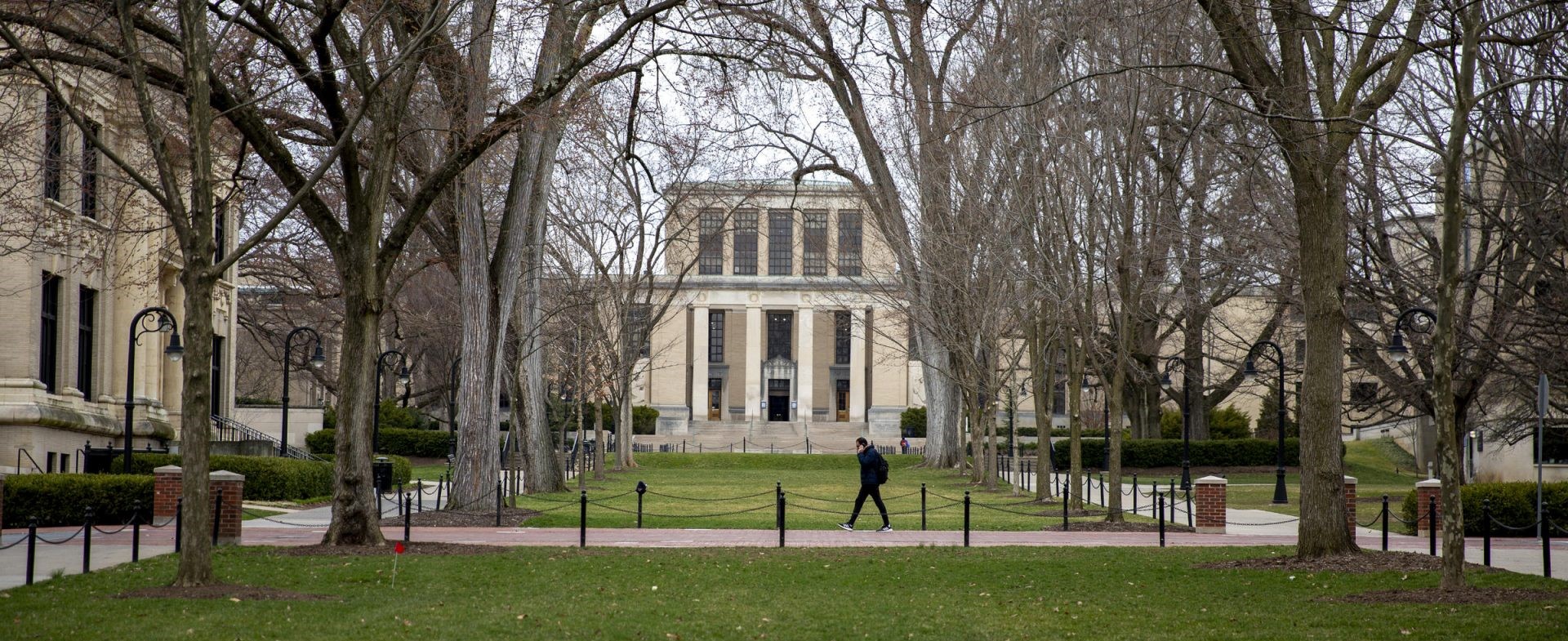Working Papers
Parole Supervision on the Margins.
Can Technology Facilitate Scale? Evidence from a Randomized Evaluation of High Dosage Tutoring (with Monica Bhatt, Jonathan Guryan, and Salman Khan). NBER Working Paper 32510.
Can Crime be Deterred at Low Cost? Evidence from a Randomized Experiment in New York (with Oludamilare Aboaba, Aaron Chalfin, Lucie Parker, and Patrick Sharkey). NBER Working Paper 32455.
Parole Officer Effects on Reentry: Support, Deterrence, and Bias.
Publications
(A Structural Model of) The Effects of High School Career and Technical Education on Employment, Wages, and Educational Attainment. 2023, Journal of Human Capital 17(1): 39-71.
Additional files: Appendix and Stata, Matlab, and Fortran Code.
Knowledge About Others Reduces One's Own Sense Of Anonymity (with Anuj Shah), 2022. Nature 603: 297–301.
Street Light Outages, Public Safety and Crime Attraction (with Aaron Chalfin and Jacob Kaplan), 2022. Journal of Quantitative Criminology 38: 891–919.
Can Precision Policing Reduce Gun Violence? Evidence from “Gang Takedowns” in New York City (with Aaron Chalfin and Jacob Kaplan), 2021. Journal of Policy Analysis and Management 40(4): 1047-1082.
Works in Progress
One Size Doesn’t Fit All – The Heterogeneous Effects of Prison Programs
A majority of incarcerated individuals in state and federal prisons are enrolled in treatment programs during their stay. These include cognitive behavioral therapy programs, drug treatment programs, and violence prevention programs. However, little causal evidence exists about the effectiveness of these programs on in-custody and post-release success. This work leverages nearly twenty different discontinuities in the risk and need assessment scores that determine program enrollment in Pennsylvania, to evaluate the effects of each program on individuals at different margins of enrollment. Preliminary results show that effects of each program on in custody behavior, post-release recidivism, and post-release employment differ notably for different types of incarcerated individuals. Explanations for these heterogeneous effects – and the characteristics of the incarcerated individuals for which each program does or does not appear effective – are discussed.
Within-Officer Bias in Arrest and Use of Force Decisions – Evidence from Dallas (with Adam Soliman)
Prior work has shown differences in arrest and use of force propensity across officers in the same police department. This work investigates the extent to which individual officers show differences in arrest and use of force propensity from one arrest to the next, based on the prior crimes the officer responded to that day, the time already spent on shift that day, and other exogenous factors impacting the officer at the time of the call. I then discuss the extent to which these within-officer differences can be used as an instrument to evaluate the long-term effects of arrests and use of force incidents on potential arrestees.
The Effects of Monetary Retention Bonuses on Career Decisions: Experimental Evidence from the U.S. Air Force (with Francis X Murphy and Nathan Wozny)
Monetary retention bonuses are currently used in a variety of military and private-sector situations to improve employee and service-member retention. However, little is known about the impact of these bonuses on actual retention decisions. This work attempts to provide the first causal evidence on the effects of monetary retention bonuses. The Office of Labor and Economic Analysis at USAFA is currently working with the U.S. Air Force to design a short-term pilot program to vary the timing and amount of the Continuation Pay retention bonus – provided to service-members between their 7th and 12th year of service in exchange for an additional 3-4 year service commitment – across different Air Force careers and bases. Design of the pilot program and procurement of final DAF approval are ongoing.
The Waiting is the Hardest Part – The Effects of Exogenous Wait Times to Begin a Career (with Adam Bestenbostel, Kristopher Demming, and Ian MacDonald).
Does postponing the start of one’s career impact career success? We leverage exogenous variation in the wait time before beginning pilot training in the U.S. Air Force - which can range from 3 months to over 2 years - to investigate the impact of postponing the start of one’s career on career outcomes. Specifically, we investigate the effect of prospective pilots being quasi-randomly assigned a longer wait time to begin pilot training on career progression and promotion, retention in the Air Force, and marriage and fertility decisions. Work on this project is ongoing.

